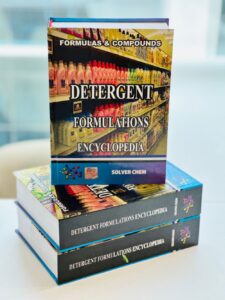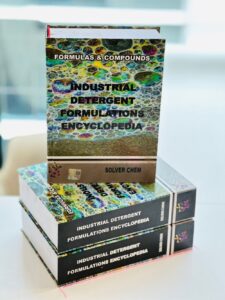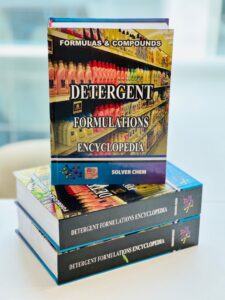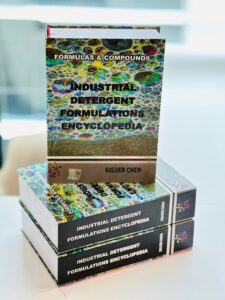
 🪶 Hot Process Fabric Softeners (Quartamin-Based) – Production, Formulation and Properties
🪶 Hot Process Fabric Softeners (Quartamin-Based) – Production, Formulation and Properties
Overview:
Hot Process Fabric Softeners (Quartamin-Based) are premium cationic conditioning formulations produced using controlled heating and mixing to achieve maximum stability and performance.
This process allows the active ingredients to disperse uniformly, creating a rich, long-lasting softening effect on fabrics.
They are ideal for concentrated or high-quality laundry softeners, where consistency, smooth texture, and fragrance retention are key priorities.
Production and Formulation:
The hot process involves heating the active softening compounds and water to create a uniform emulsion before cooling and adding fragrance or colorants.
Controlled temperature ensures better dispersion, improved viscosity, and product stability during storage.
This technique is suited for both industrial-scale and premium household softener production.
Formulation focus points:
-
Maintain uniform heating for smooth emulsion.
-
Cool gradually before fragrance addition.
-
Adjust pH for fabric compatibility (mildly acidic range).
Properties:
-
Form: Opaque or creamy liquid
-
pH Range: 4–5
-
Viscosity: High, stable, luxurious texture
-
Fragrance Retention: Excellent
-
Softening Performance: Superior on cotton, synthetics, and blends
-
Foam Level: Very low
-
Temperature Requirement: Heated production (60–70°C typical)
-
Shelf Life: 18–24 months under proper storage
Advantages:
-
Provides premium softness and long-lasting fragrance
-
Stable and concentrated formulation for cost efficiency
-
Excellent fabric protection and smoothness
-
Suitable for industrial or high-end consumer products
-
Ensures consistent quality and long-term stability
-
Compatible with color-safe and enzyme detergents
Summary:
Hot Process Fabric Softeners (Quartamin-Based) represent the next step in high-performance textile conditioning.
Their superior emulsification, fragrance holding, and smooth texture make them ideal for premium and concentrated softener applications.
This method ensures long-term product quality, meeting both industrial standards and modern consumer expectations for softness and freshness.


